 |
| Lieu Coc Twin Towers relic where archaeological excavations were conducted |
A delegation of experts from the National Museum of History in coordination with the Department of Culture and Sports held a preliminary report meeting on the exploration and excavation of the Lieu Coc Twin Towers on the afternoon of June 27 at the headquarters of the People's Committee of Huong Tra town. Many experts and researchers attended and gave their opinions. Before that, the delegation also went to the scene to observe the reality.
Large amount of relics discovered
The Lieu Coc twin towers relic is located in Lieu Coc Thuong village, Bau Thap hamlet, now Xuan Thap residential group (Huong Xuan ward, Huong Tra town). Although it is currently in a state of serious degradation and damage, compared to the Champa temples known from Bac My Son ( Quang Nam ) outwards, besides Phu Dien tower, Lieu Coc twin towers are the relic with the best preservation status.
Therefore, this archaeological research and excavation is to clearly determine the scale, structure, nature and age of the relic. From there, it serves the planning, conservation, restoration and promotion of the overall value of the relic. The exploration area is 20m2 (4 holes), the excavation area is 60m2 (3 holes).
Mr. Nguyen Ngoc Chat, an officer of the National Museum of History, who presided over the archaeological exploration and excavation, said that the excavation process expanded and connected the excavation pits (H1, H2, H3) together to form a large pit (9.4 x 10.3m), surrounding the foundation of the North tower. Thereby, the ground plan, scale and structure of the North tower temple architecture were clearly determined.
The scale and structure of the North Tower consists of four parts: the foundation, the tower base, the tower body, and the tower roof. The tower roof alone has collapsed and cannot be recognized; the tower body has also collapsed more than half, so recognition is also limited. From the foundation to the tower body, all are built with bricks, the bricks are arranged horizontally and vertically, in which the outer covering and the inner surface of the foundation and the tower wall all use intact bricks, while the core wall is mostly made of broken bricks mixed with pure yellow clay.
 |
| Buddha statue discovered during archaeological excavation |
In addition, in order to find the location of the path, Gate Tower, Fire Tower, and surrounding wall, and to expand the research and excavation area to fully determine the scale and overall structure of the Lieu Coc twin towers, experts opened 5 exploratory pits, including 2 pits in the east, along the central axis of the North tower, 1 pit in the northeast corner, 1 pit in the southeast corner, and 1 pit in the west.
According to Mr. Chat, in parallel with revealing the scale of the architectural foundation of the North Tower and other related architectural vestiges, during the excavation process, a mass of relics including more than 4,800 specimens was also collected. The main focus is on architectural materials, architectural decorations, pieces of steles and stone reliefs, glazed ceramics, porcelain, terracotta and metal coins. Notably, there is a statue head in the form of a relief, made on one side from purple-gray slate, depicting the head of a Buddha statue with the remaining dimensions of 20cm high, 15cm wide, 10cm thick. The statue's face is round, eyes half-closed, high nose bridge, pursed lips, wide and clear corners of the lips, two long flowing ears, spiral-shaped hair, dating from the 11th - 12th century. Or a round coin, square hole, one side embossed with 4 characters Nguyen Phong thong bao, written in Hanh thao style, dating from the 13th century.
“It can be said that this is a valuable collection of artifacts. After being researched, edited, appraised and scientifically documented, it will certainly provide a lot of important information, helping with research and display to promote its value,” Mr. Chat acknowledged.
Proposal to expand archaeological excavation area
After more than 2 months of excavation with many artifacts as well as other discoveries, Mr. Chat tentatively dated the construction of Bac Lieu Coc tower to the late 9th century, corresponding to the age of My Son C2 tower, in the early stage of Dong Duong art style.
“In addition, when comparing the wall decorations of the North and South towers in Lieu Coc, we also noticed differences in the decoration of the columns and wall pillars of the two towers. It is likely that the two towers were not built in the same year. That requires further documentation when conditions permit, and when the excavation area is expanded,” said Mr. Chat.
 |
| Mr. Nguyen Ngoc Chat shared information at the preliminary report meeting. |
Also at the departmental reporting meeting, Mr. Chat, on behalf of the professional staff, proposed to continue expanding the area of research and archaeological excavation to clearly determine the scale, original structure, nature, characteristics, and age of the Lieu Coc twin towers. This will serve as a scientific basis for developing a plan to preserve, restore, and promote the value of the relic, and develop a dossier explaining the relic in accordance with its inherent value. It is necessary to study and reinforce the tower wall system to avoid deterioration and collapse; clean the brick surface, prevent moss and mold and trees from growing over the architecture. In the lower part of the foundation, it is necessary to fill the ground and re-pave the tower yard, leaving only the tower base and tower walls exposed.
In addition, research and design of roof houses for the two main tower architectural works. Prefabricated houses can be used, with high dome roofs, surrounded by a system of columns, foundations and walkways around the tower. At the same time, modern technology can be used to help visitors visualize the complete tower architectural work.
Many experts and researchers believe that although the excavation area of the Lieu Coc Twin Towers this time is not large, it has yielded very important results. According to researcher Nguyen Xuan Hoa (former Director of the Department of Culture and Information), it is necessary to continue to expand the excavation to a larger area, along with specific solutions to protect the relic.
Mr. Phan Thanh Hai, Director of the Department of Culture and Sports, also affirmed that he will propose to the Provincial People's Committee to continue expanding the second phase of archaeological excavation of this relic before the rainy season this year. If this can be done, there will be a basis and plan to preserve and promote its long-term value.
Source: https://baothuathienhue.vn/van-hoa-nghe-thuat/thong-tin-van-hoa/nhieu-phat-hien-tu-dot-khai-quat-khao-co-thap-doi-lieu-coc-142446.html


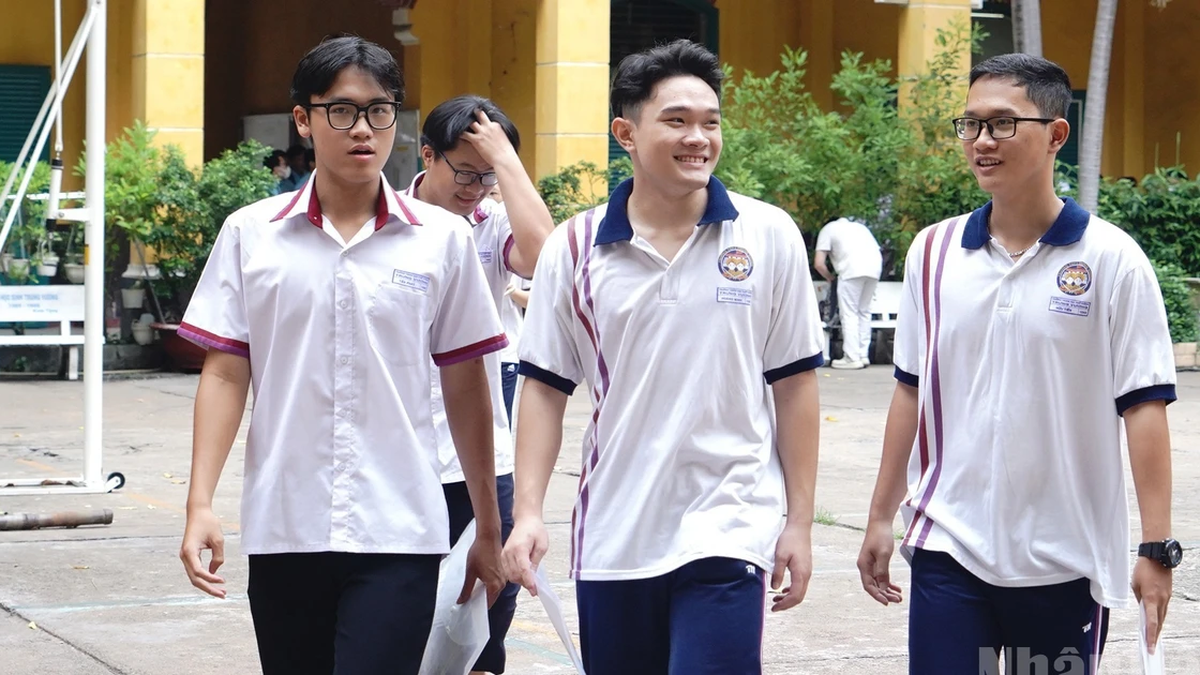
![[Photo] More than 124,000 candidates in Hanoi complete procedures for the 2025 High School Graduation Exam](https://vphoto.vietnam.vn/thumb/1200x675/vietnam/resource/IMAGE/2025/6/25/fa62985b10464d6a943b58699098ae3f)
![[Photo] First training session in preparation for the parade to celebrate the 80th anniversary of National Day, September 2nd](https://vphoto.vietnam.vn/thumb/1200x675/vietnam/resource/IMAGE/2025/6/25/ebf0364280904c019e24ade59fb08b18)
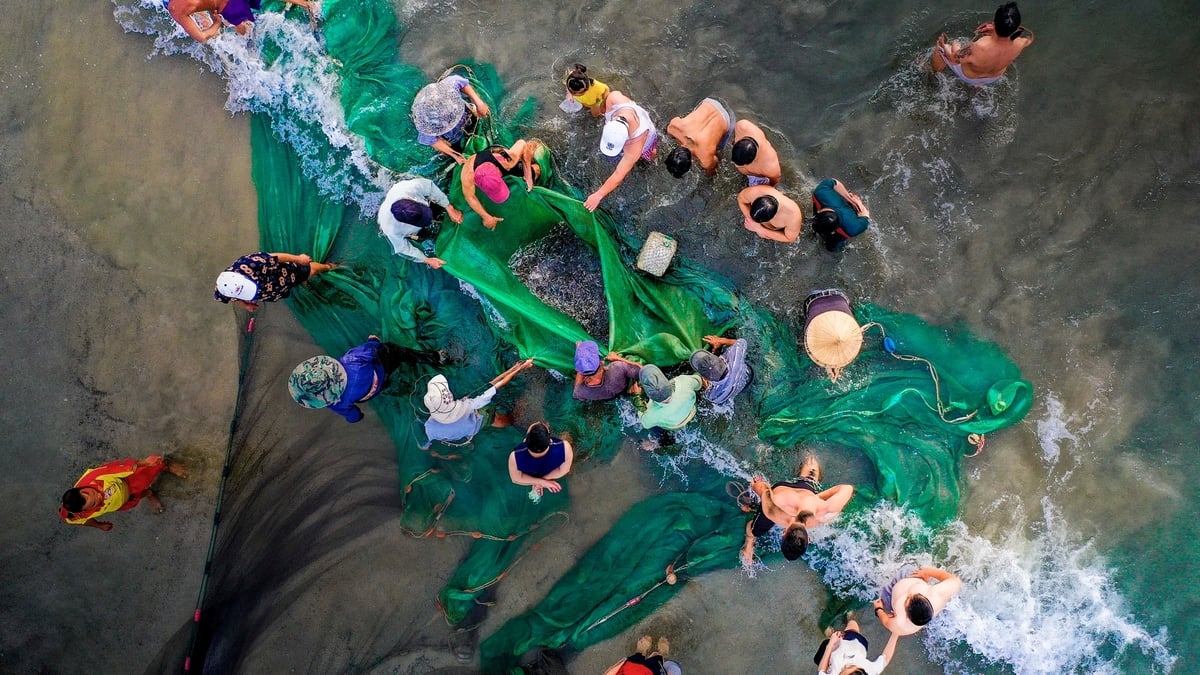
![[Photo] General Secretary To Lam works with the Standing Committee of Quang Binh and Quang Tri Provincial Party Committees](https://vphoto.vietnam.vn/thumb/1200x675/vietnam/resource/IMAGE/2025/6/25/6acdc70e139d44beaef4133fefbe2c7f)
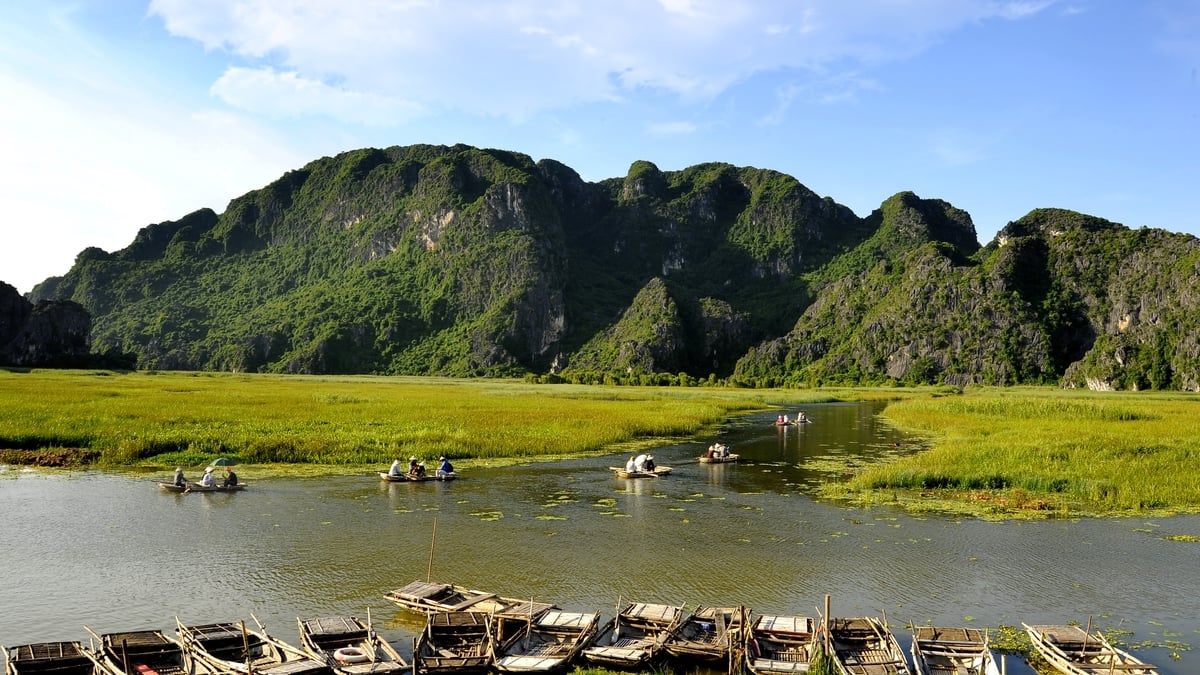


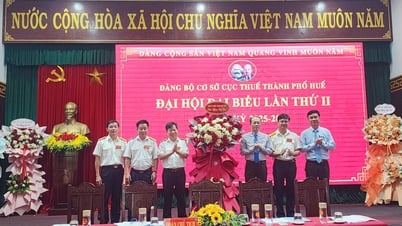
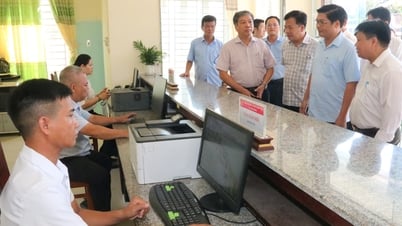
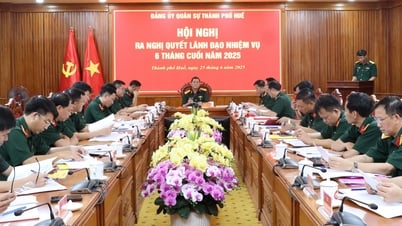
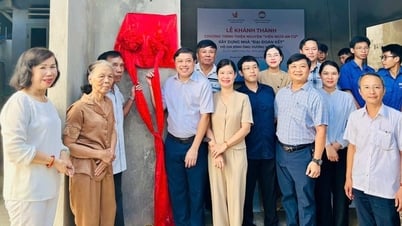
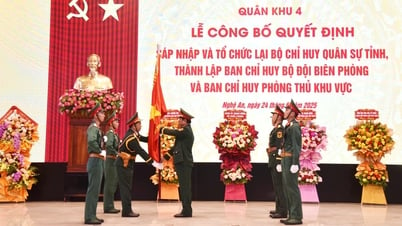





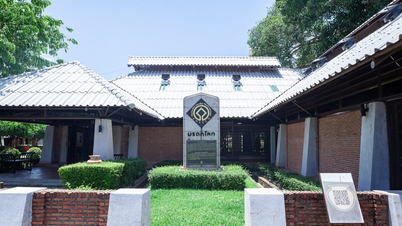
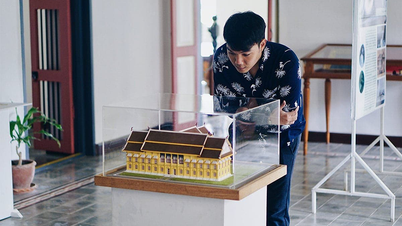

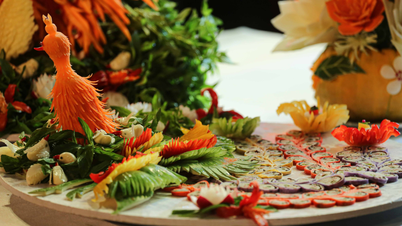
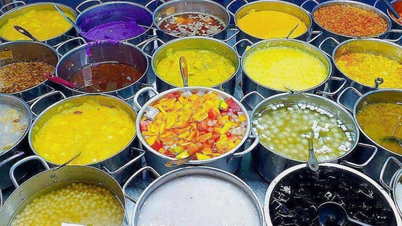






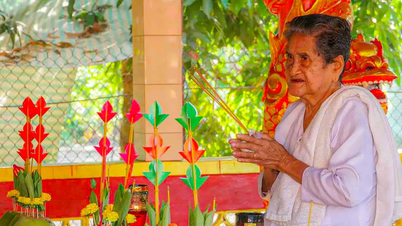



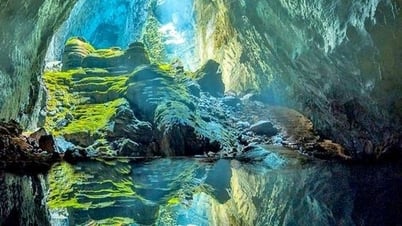


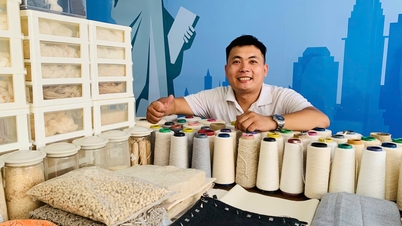

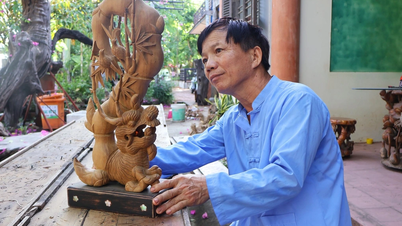



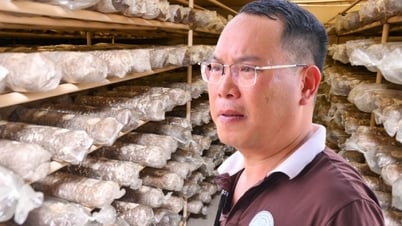





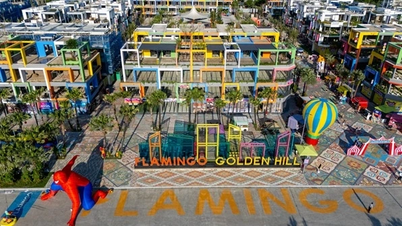






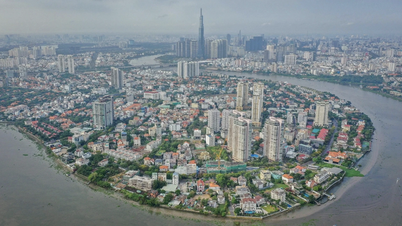


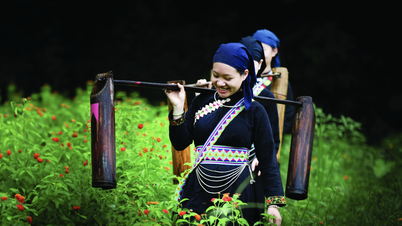

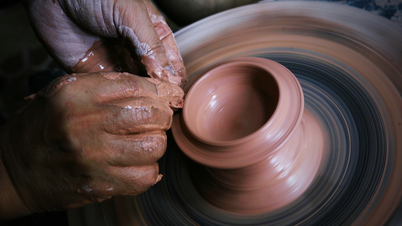




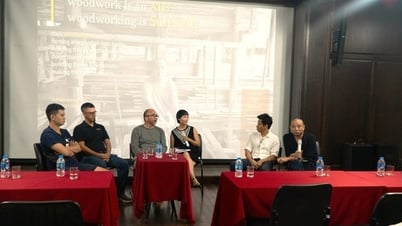
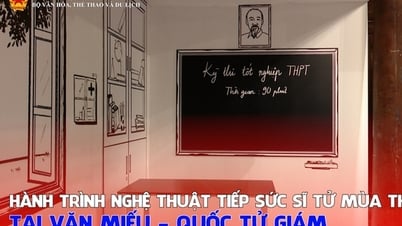
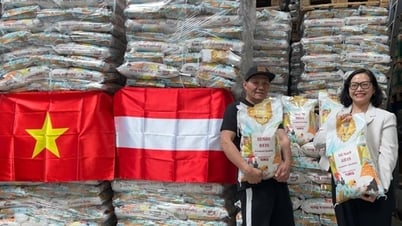

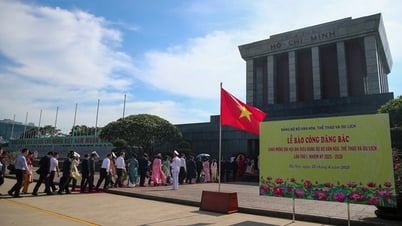
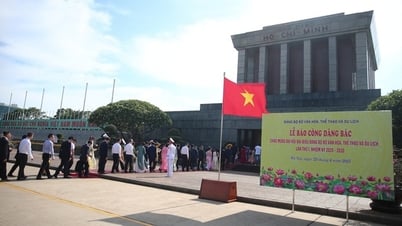
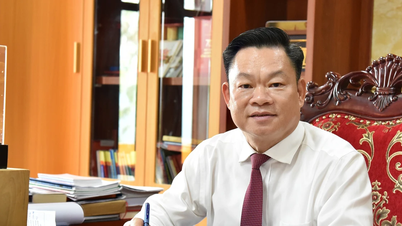

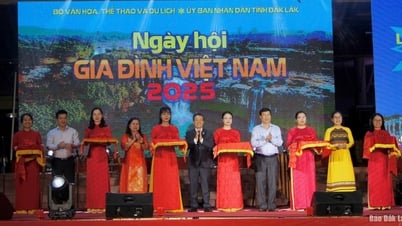

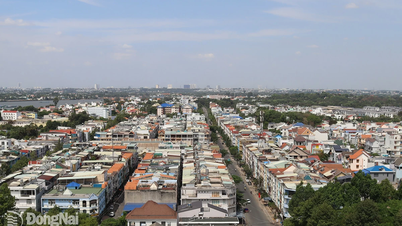

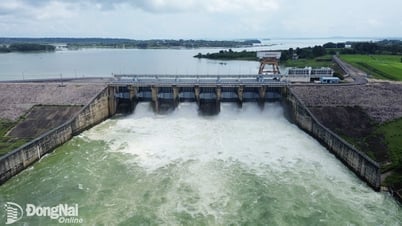

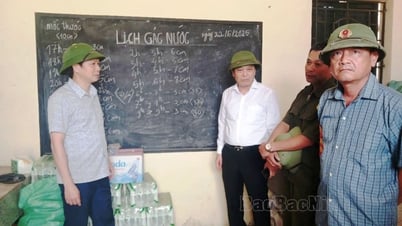














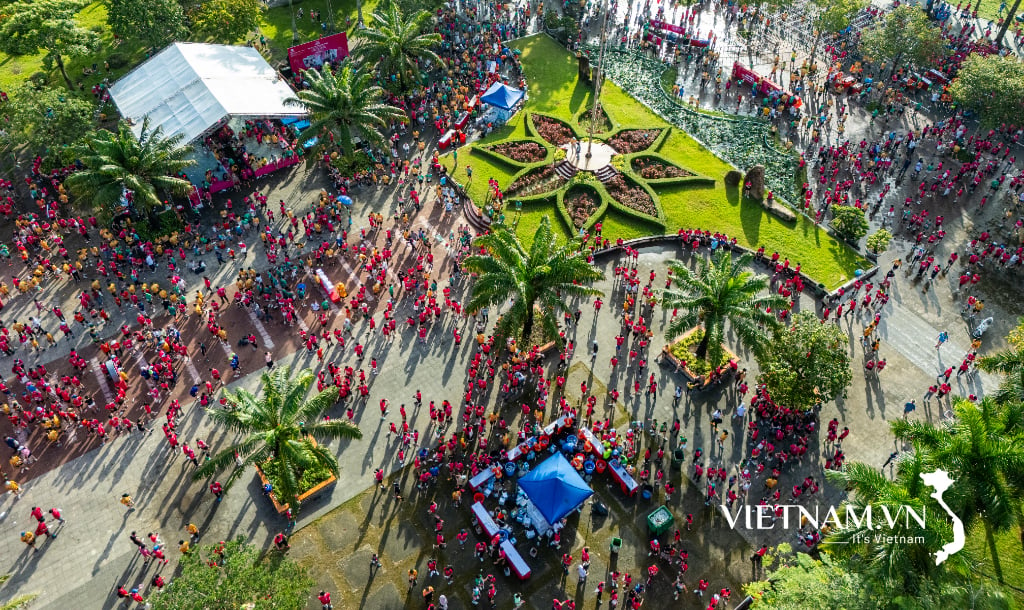
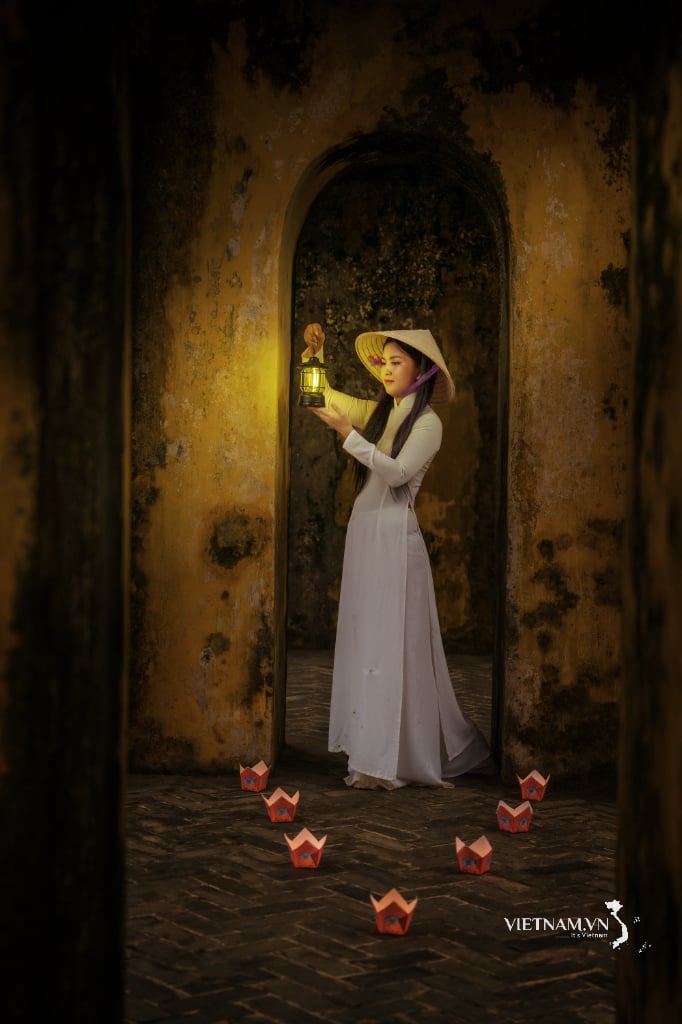
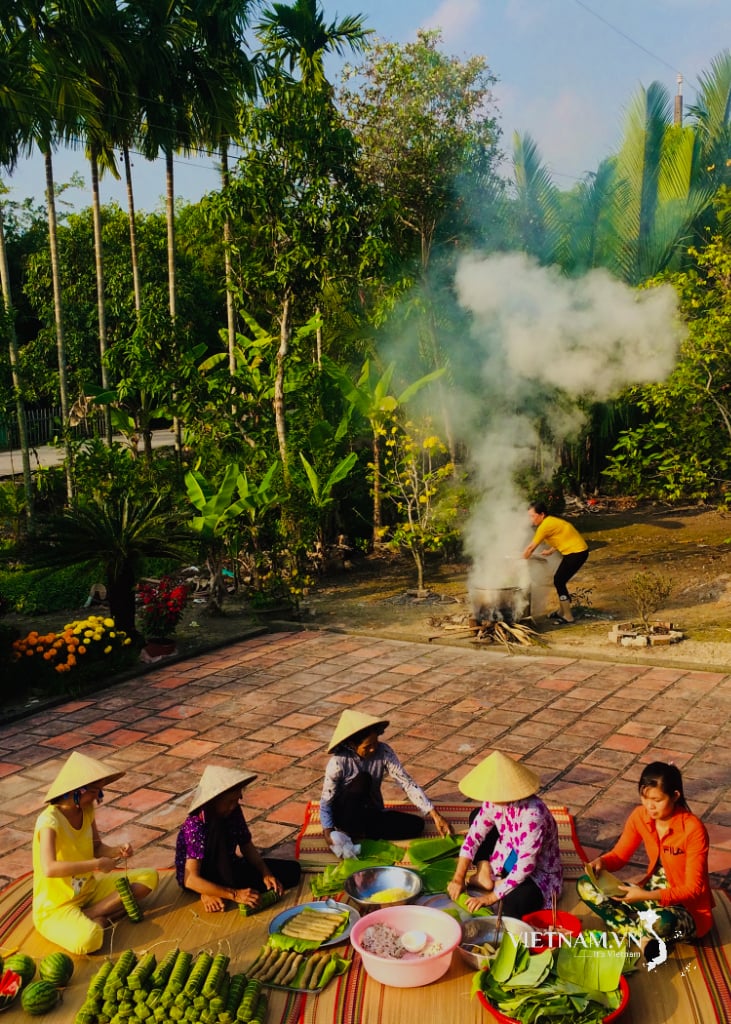

Comment (0)